Artist Fiona Seow took over The Everyday Museum’s Instagram account on the week of 25 March to share exclusive insights and her personal reflections behind her work Greener Pastures.
Fri, 28 March 2025

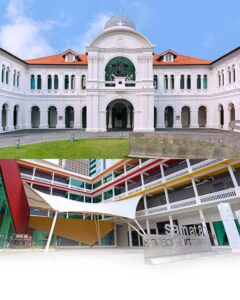
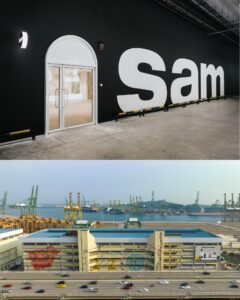
In my research on SAM and its sites, what stood out to me was the various buildings that the museum occupied.
Before SAM’s move to Tanjong Pagar Distripark, it was located in two buildings in Bras Basah – SAM at Bras Basah Road and SAM at 8Q – which I was a frequent visitor of. With the recent update that SAM would remain at its current site and the nearby Keppel port was scheduled to move, this led me to research on the Greater Southern Waterfront area and its future plans – realising that even when there seems to be a concrete plan in place, things can still change.
While considering these changes in urban planning in Singapore, the idiom “greener pastures” hence felt like a suitable title for my work for SAM at Tanjong Pagar Distripark. With that, the colours of the installation were also decided, coinciding with my liking for the colour green and longing for green spaces.
Sat, 29 March 2025
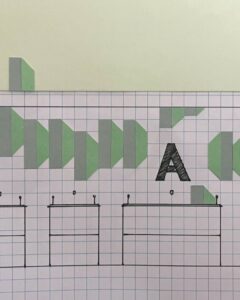

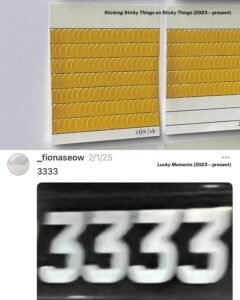
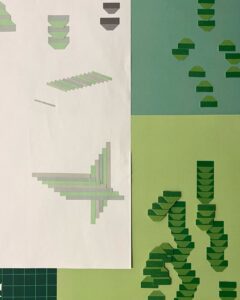
The site in which Greener Pastures is located plays a big part in how the work looks. Situated above the cargo lifts in a logistics hub by the port, the form I chose to work with is the cuboid. The arrangement of these cuboid forms, or modules, responds to the movement of boxes across the site as well as up and down the lifts.
Greener Pastures reflects my interest and observations of repetitions like synchronised numbers, geometry and routines that appear in my everyday environment. This extends to my other works, such as Sticking Sticky Things on Sticky Things where I stuck round sticker labels on sticky notes during free pockets of time at work as a mean to track time, and Lucky Moments where I post synchronised numbers on my Threads social account as soon as I encounter them.
These everyday patterns are usually translated into drawings and paper objects using various means of stacking. Similarly, in Greener Pastures, I created multiple models to experiment with size, colour, layers and how the modules stack and cascade across the wall.
Sun, 30 March 2025
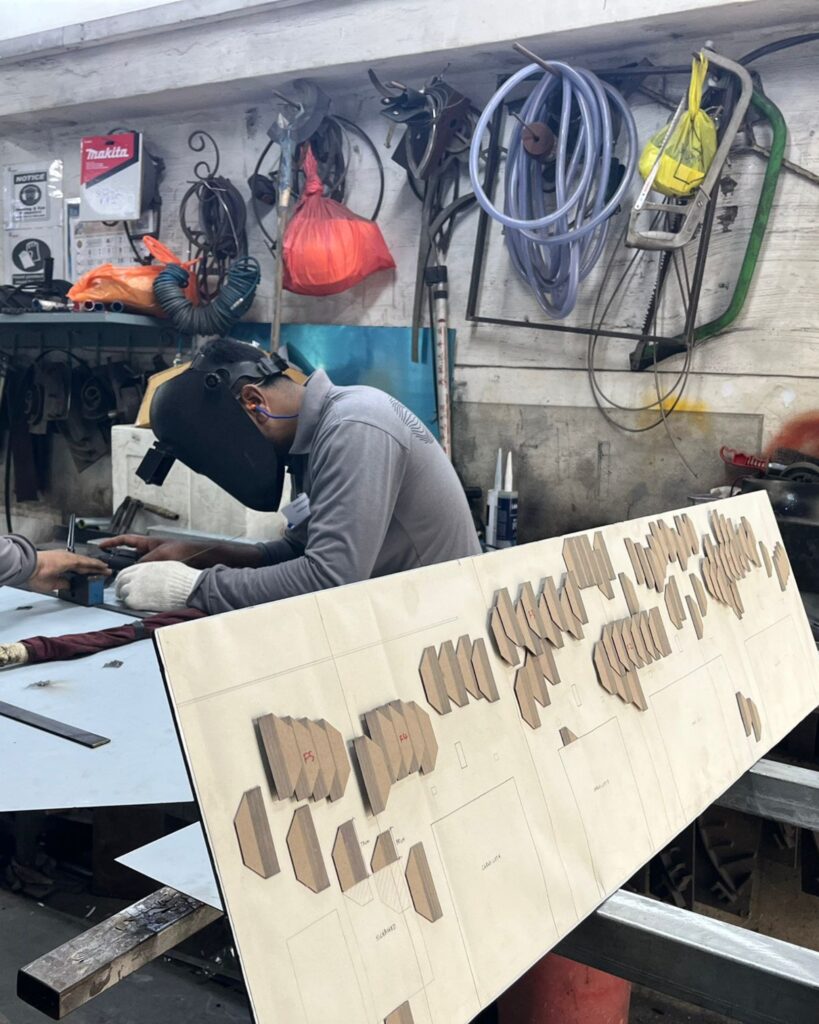
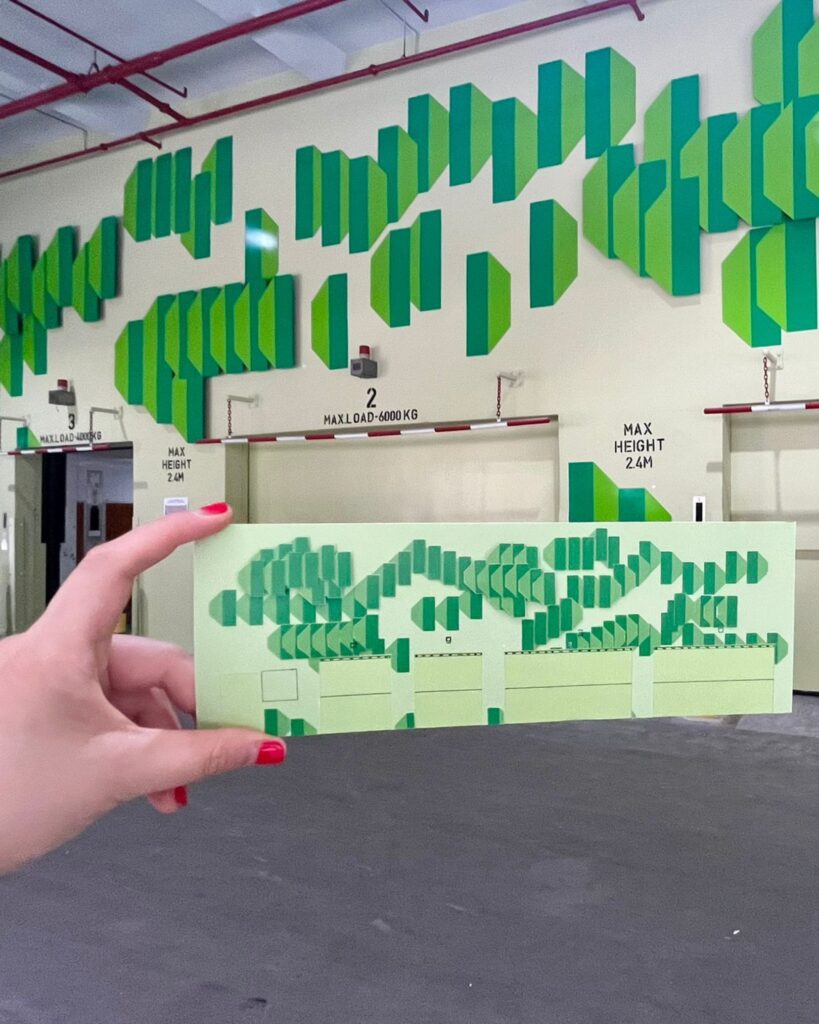
As the act of making takes a major role in my practice, creating Greener Pastures was a completely different experience as the work is at least 50 times bigger than what I would be making in my studio. The design was largely decided using paper models, with the final work fabricated based on a 1:20 scaled model.
It was surreal to see that paper model enlarged using industrial materials, showing a contrast between an ephemeral material and one that can withstand the test of time and weather.







